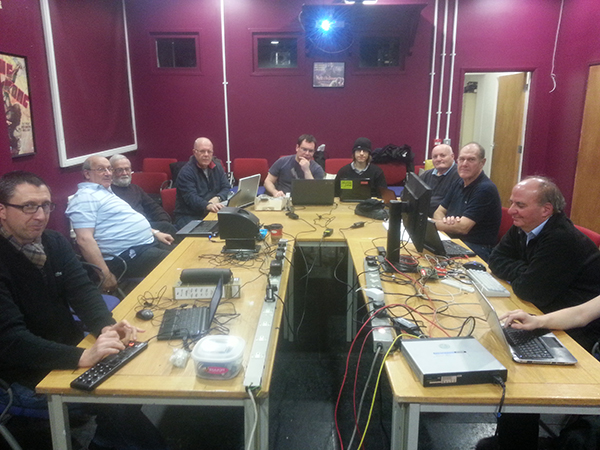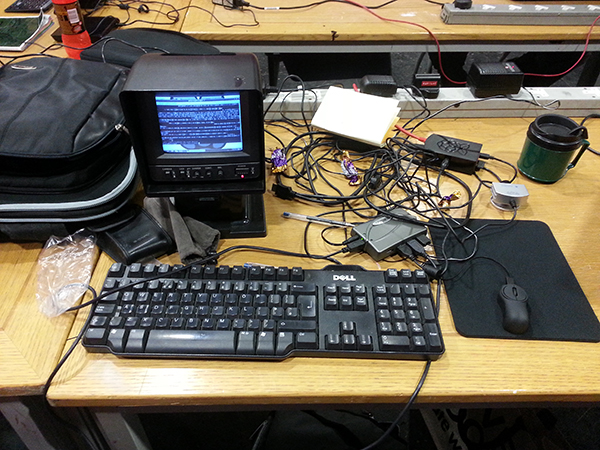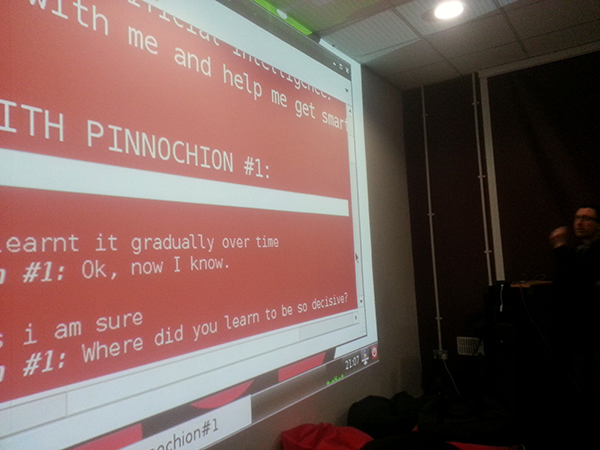Here we are working out how to make a playstation 2 camera work with the Pi, to see if we can run a link to the fete on March 1st, which co-incides with a Raspberry Pi event they are holding here at TAP, a forward-thinking local art venue that hosts the SOSLUG meetings.
The process of connecting the camera involved downloading new packages, altering their code, learning about connecting to a Pi via SSH, and an extended command line program called VIM. I haven't documented every stage of this as it moves so fast, and I don't understand every step myself. At the moment, I am following it at speed at the meetings, and then replicating the working steps at home on another SD card to cement it in. Those bits I will document more.
The camera mostly worked, although there were problems as what we were using was designed to work with a PS3 camera not a PS2. But it was a great learning experience and did manage to capture some movement activated still images which could be seen on the pi and on another machine via SSH.





